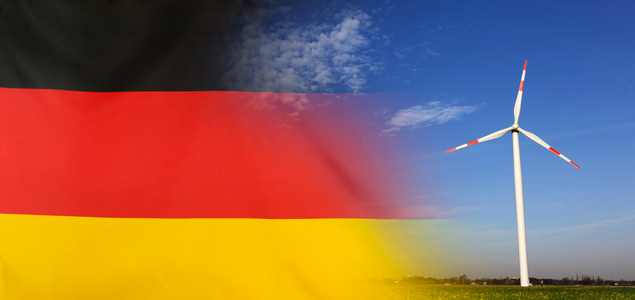
Download the briefing note “Towards a Less Ambitious Energy Transition for Germany”
The enthusiasm the Energiewende generated soon spread beyond the Rhine. Indeed, for many French people it became the model to follow. Replacing nuclear energy and fossil fuels with renewable energy sources that were local when possible, developing electric mobility and making progress towards a zero-carbon economy were all virtuous goals. What’s more, it seemed they could be attained over a relatively short period of time and at reasonable cost.
Today, the Energiewende’s future looks less bright. While Germany produces a third of its electricity from renewable energy, this comes at a high price. The cost of electricity for small consumers more than doubled between 2000 and 2013. At the same time, the country continues to rely on coal to produce a large share of its electricity and still has one of the highest levels of CO2 per person in Europe. But Germany’s population is divided about closing its coal-fired and lignite power plants, not to mention doing so would jeopardize its energy supply. Add to this the fact the massive development of intermittent renewable energy sources has made the German power grid unstable and has necessitated the construction of thousands of kilometres of high voltage lines admidst strong local opposition. Lastly, electrifying the transport sector could serve to compound the series of scandals that have hit the automotive industry.
Against this backdrop, the coalition government formed following the September 2017 federal elections could very well lower the bar for the Energiewende.
La Note d’analyse is published under the editorial responsibility of France Stratégie's Commissioner-General.
The opinions expressed are those of the authors and do not reflect in any way the position of the government.





